Search

Choosing Vegetable Varieties for South Dakota
Fact sheet describing characteristics to look for when selecting a vegetable variety to grow in South Dakota.
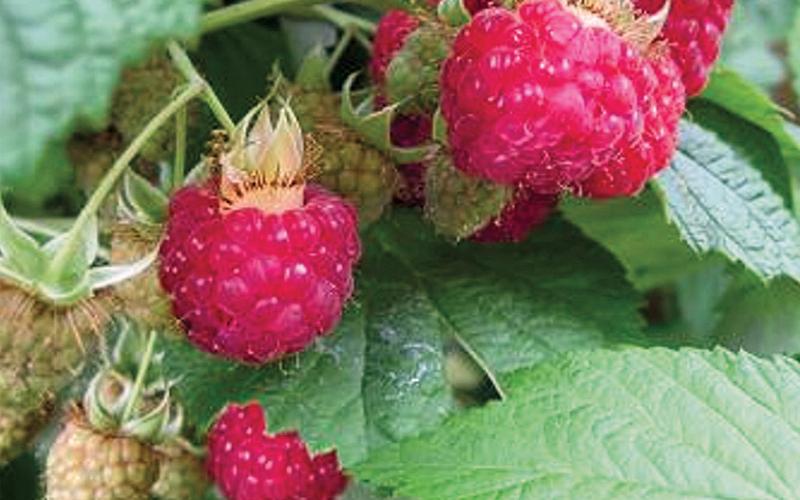
Growing Raspberries in South Dakota
Fact sheet describing how to grow raspberries in the home garden: selection, planting, and care.

What Kind of Records Are You Keeping?
Measurement of the actions and efforts of everyday life on the farm or ranch leads to better management and efficiency. Many farmers and ranchers keep many records. Utilization of the records for improved management would be the next step to take to improve efficiency.
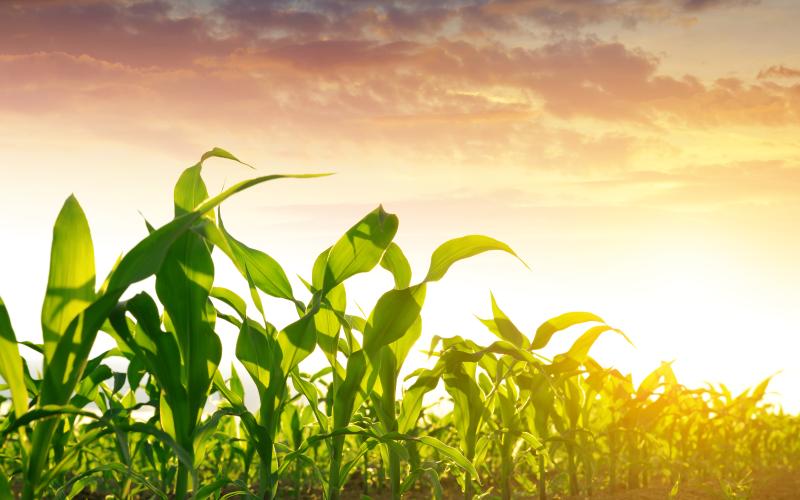
2019 Corn Fungicide Field Trials Summary
This document contains results of corn field trials conducted during the 2019 growing season to evaluate foliar fungicides to manage various corn diseases.

Leading Through COVID-19 on the Farm and Ranch
Producers can be quick to adapt and utilize technology, but sometimes need a little nudge in other areas. COVID-19 sometimes feels like one of the areas that agriculture needs a nudge in.
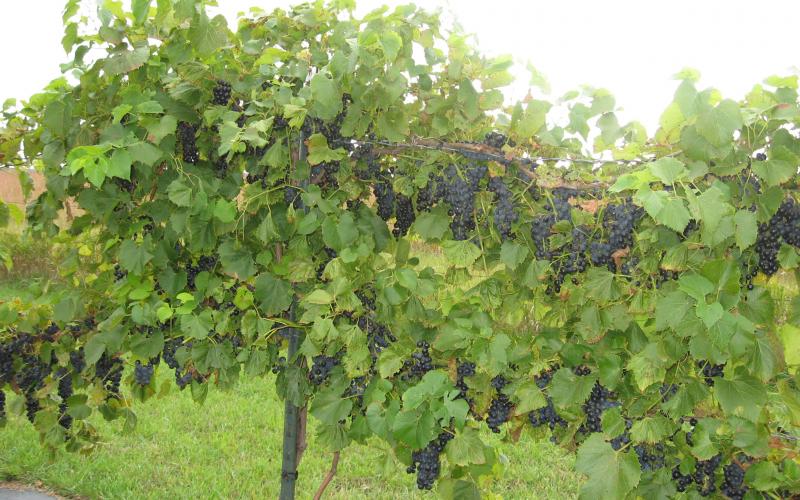
Vineyard Work Calendar
Monthly check list for vineyard work
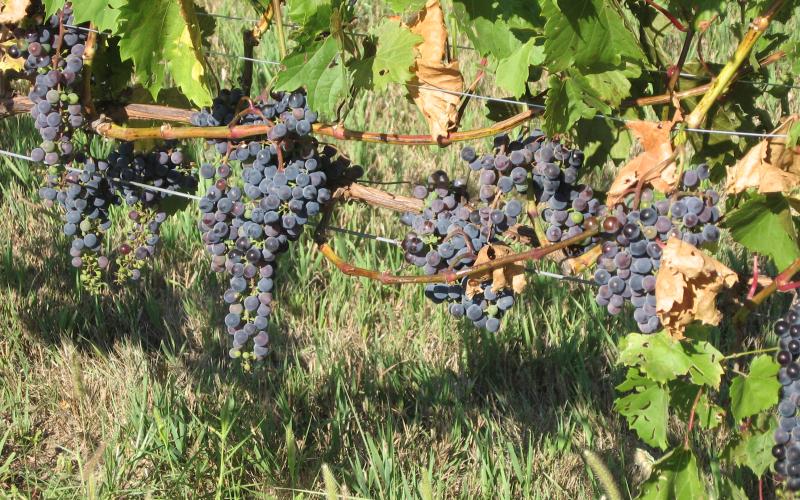
Grape Varieties for South Dakota
Updated list of grape varieties recommended for South Dakota.

Planting Projections 2020
South Dakota producers recently indicated they plan to plant 12.9 million acres of corn, soybeans and wheat in 2020, plus an additional 620,000 acres of sunflowers, 345,000 acres of oats and 45,000 acres of barley, as well as 270,000 acres of sorghum and 11,000 acres of dry edible peas.
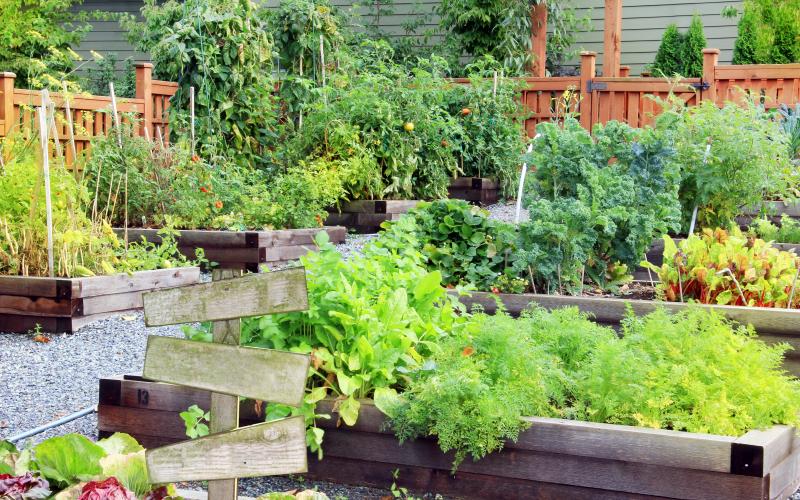
Managing Salts in the Home Garden
Fact sheet about managing salts in your home garden.

Salt/Salinity Tolerance of Common Horticulture Crops in South Dakota
Fact sheet about salt/salinity tolerance of common horticulture crops.